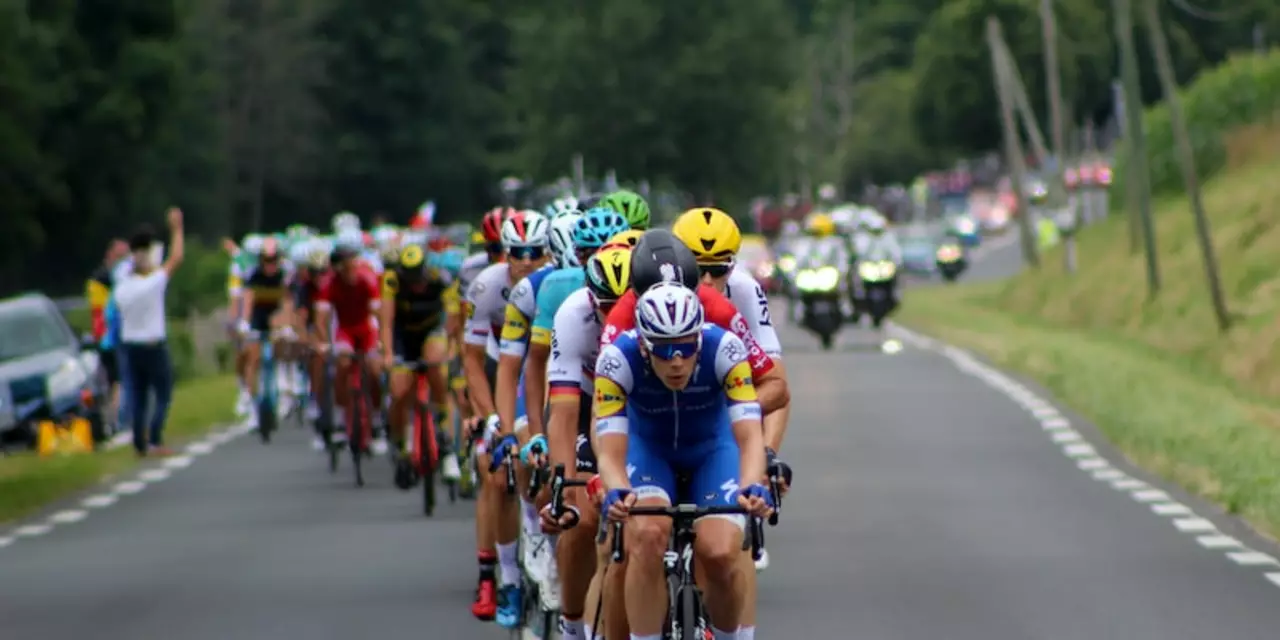Cycling Competition: Real‑World Tips and Stories for Every Rider
If you love the rush of a race, you’ve come to the right spot. This page pulls together the most useful posts about bike competitions – from the grueling Tour de France to the simple question of why cyclists keep pedaling after the finish line. You’ll find straight‑forward advice you can try on your next ride, plus a glimpse at the biggest challenges facing the sport.
Why Cyclists Keep Riding After the Finish Line
Ever wonder why racers don’t just hop off the bike the moment they cross the line? It’s not about showing off. Most pros keep moving to cool their muscles down gradually. A slow spin helps blood flow, which reduces stiffness and speeds up recovery. Think of it like walking after a sprint instead of stopping dead – your body stays warm and avoids that “tight‑as‑a‑board” feeling later.
Another reason is to shake off any lingering fatigue. By staying on the bike, riders can gauge how their legs feel and make quick adjustments to their post‑race nutrition or stretching routine. A quick 5‑minute easy ride is often all it takes to keep the muscles from tightening up.
Tour de France Bikes vs. Your Everyday Ride
When you hear “Tour de France,” you picture sleek machines that look more like aircraft than bicycles. The biggest difference lies in the frame. Pro bikes use ultra‑light carbon fiber that’s both stiff and strong, letting riders push power without wobbling. Your typical commuter bike is heavier steel or aluminum, designed for comfort rather than slicing through wind.
Speaking of wind, the aero shape of a Tour bike cuts drag dramatically. Every curve is tested in wind tunnels so the rider can stay fast with less effort. Gear systems are another level up – electronic shifting lets pros change gears with a button press, saving precious seconds on climbs and sprints.
If you’re not a pro, you don’t need a $10,000 frame to feel the benefits. Look for a bike with a lightweight alloy or entry‑level carbon fork, and make sure the geometry fits your riding style. Even a modest upgrade to smoother tires and a well‑tuned drivetrain can shave minutes off long rides.
Women Paving the Way in Big Races
Women have been fighting for a spot in the biggest races for decades. Names like Kathryn Bertine have led campaigns to create a true women’s Tour de France. While the La Course race gives a taste of high‑profile competition, many riders argue it’s still a side event. The push for equal recognition isn’t just about prestige – it’s about sponsorship, media coverage, and growing the sport for the next generation.
Seeing more women on the start line inspires new riders to aim higher. If you’re a female cyclist, follow the stories of those breaking barriers. Their training routines, gear choices, and race day rituals can provide a roadmap for your own goals.
Practical Race Prep You Can Use Today
Ready to apply these insights? Start with a simple warm‑up: 10 minutes of easy spinning, followed by a few short bursts at race pace. Pack a nutrition kit that includes carbs, electrolytes, and a little protein for after the ride. And don’t forget to test your bike set‑up on a few training rides – a comfortable saddle and proper bike fit can mean the difference between a strong finish and a painful crash.
Remember, every race is a learning experience. Keep a notebook of what worked, what felt off, and how you felt during the cool‑down spin. Over time you’ll see patterns and be able to tweak your strategy for faster, smoother performances.
Whether you’re eyeing a local criterium or dreaming of the Alpine climbs, the competition tag on Veloism Cycling Hub is your toolbox of real‑world advice. Dive into the posts, try the tips, and get ready to roll faster, stronger, and smarter.
Why are there teams in the Tour de France?
The Tour de France is one of the most popular cycling races in the world. Every year, teams of cyclists from all over the world compete in the race. The teams are composed of cyclists who work together to help each other reach the finish line. Teams are important to the Tour de France because they give the riders a sense of support and camaraderie while they are out on the course. This helps them to stay focused on their goals and perform at their best. Additionally, teams allow for a more competitive race as riders can use their teammates to help chase down opponents or to provide a draft for them. Ultimately, teams make the Tour de France a more exciting and dynamic race.
More